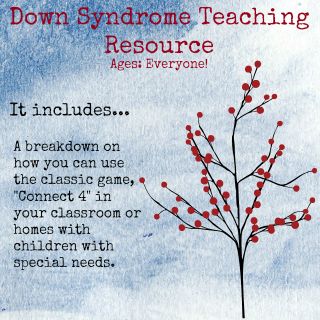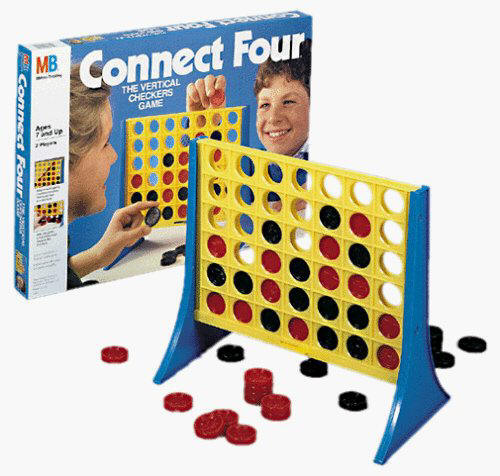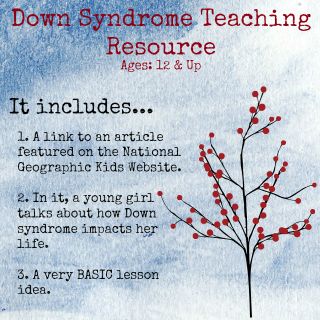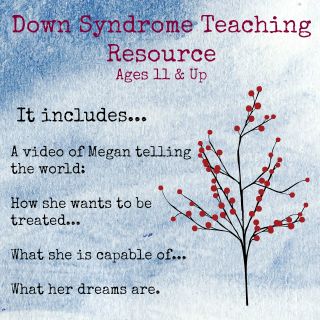I'm so excited to be able to post this and start this series on the blog!!!!!!!!!!!!!!!!!!!!!!!!!!!!!
In honour of a new school year, here is my first attempt at ideas to help to educate our kids. I sincerely hope parents and teachers out there find it useful!!!
Educating Our Kids - Resource #1

Watch this video of Charlie and Isabelle with your children or your classes to try and start a healthy conversation about what it means to have Down syndrome. I think it would be utilized best with younger children, ages 4-7.
If you are in a classroom setting, this video might be a great way to bring up the topic without having to center anybody out.
Click here if you are having trouble viewing the video
Please don't assume that because your kids go to school with a person that has Down syndrome, or are friends with a person who has it, that they have an accurate understanding of what it means. Actually, I find that it is the opposite. Just because students are all in the same room together doesn't mean that they pay attention to one another.
*********************************************************************
Suggestions for a lesson plan:
*Teachers out there...you are the professionals. This is just what I have come up with. Hope it helps!
Ages: Primary grades (K-2) or ages 4-7
Major Learning Goal: All children are unique creations and have something different to share. Children with Down syndrome achieve all the same goals that other children achieve but at different times. For example, it might take them a little longer to learn how to read, but they will learn how.
Introduction to lesson:
Have a group discussion with your children or students to assess what their prior knowledge of the subject might be. For example, try to find out if they have ever heard of Down Syndrome (or other special needs) and/or what their experience with it might be (this might be difficult with the really young ones, who may not even realize that other kids are different - which is a beautiful thing - you know them best, you be the judge).
Core Lesson:
Show the video to the students and have another brief discussion about things they noticed about Charlie and Isabelle in the video. What was the same about them? What was different? Did they have fun together?
Activity:
Kindergarten (ages 4-5)
Have the students choose a previously selected colouring picture of an activity they would like to do with Isabelle and Charlie. I have added some printable colouring pics here, here and here, but feel free to use which ever pics suit your students or children best.
Grades 1-2 (ages 6-7)
1. Have the students do a brief journal entry of your choice and an accompanying picture.
2. Have the students pretend a new student has come into their class. This student has Down syndrome. Have them role play healthy ways to welcome this student into the class. Have them come up with activities that they think would make ANY new student feel comfortable.
Conclusion:
Close up the discussion by revisiting the major learning goal. All children are unique and should be treated with respect no matter what. I believe children with Down syndrome (or other special needs) should be included in all activities that the others are included in. This way the teacher is providing solid modeling for the children to imitate.
************************************************************************
Anyway...that's just an idea!
I am writing this both as a mom and a teacher. I am by no means an expert at either and have not had the opportunity to try this in a classroom. I am open to feedback or ideas about how you incorporated this video into your teaching about DS.
Please feel free to share your ideas and experiences in the comments of this post!!!
I think it is important to provide opportunities for all children to be empathic towards each other. We need to try to teach our kids that everyone is different and capable of different things.
































